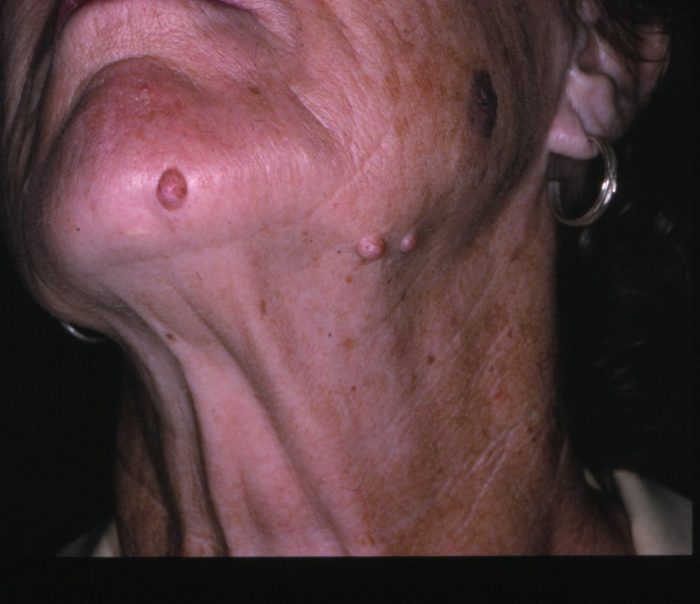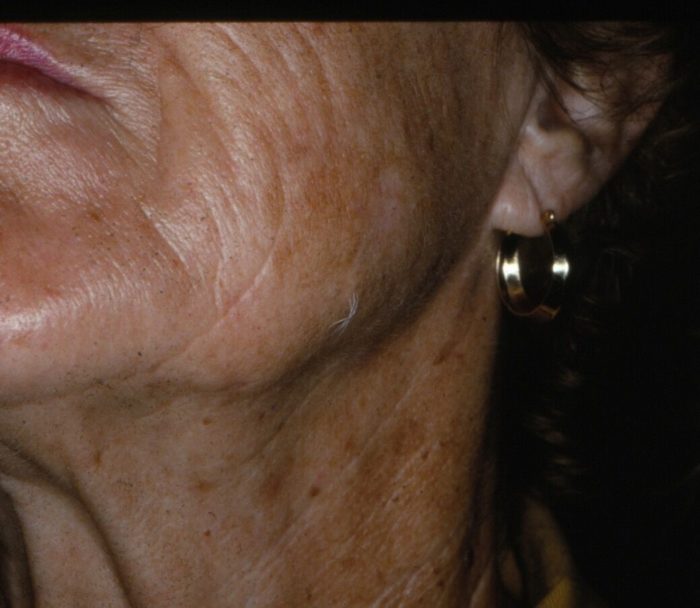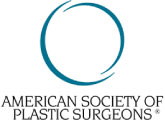9 October 2019
Is it possible?
Yes it is, and has been practised at this Centre since 1996!
What is the secret?
A thorough understanding of the structure of skin is a requirement.
The skin is made up of a microscopic superficial layer called the epidermis and a deeper thicker layer called the dermis.
The epidermis consists of mainly basal cells which are the basic skin cells, and melanocytes which produce pigment to protect the skin cells.
The dermis has a scaffolding called the extracellular matrix (ECM) on which are deposited the myriad structures and cells of the dermis. The ECM gives strength to the dermis but also the ability to form scars as a result of injuries such as surgery.
The epidermis on the other hand does not have an ECM and hence does not cause scarring with injuries; instead, it heals by regeneration.
Hence, to have scarless surgery, the injury needs to be limited to the epidermis.
Below are examples of a patient with intradermal naevi treated with the carbon dioxide laser with very good results, showing adequate removal of the lesions and with no scar production.


The intradermal naevus is a mole which appears clear, originating in the deep dermis and slowly increasing in size to finally project through the epidermis.
The Carbon Dioxide laser is a high precision instrument which gives us the ability to remove the microscopic epidermis, and with it, the epidermal part of the intradermal naevus.
As the epidermis heals by regeneration, no scar is produced, as shown in the before and after photographs below.
The dermal component of the intradermal naevus is left in situ.
Long-term follow-up confirms the lack of recurrence of this problem with this treatment.
An extreme version of this treatment is used in carbon dioxide full-face resurfacing where the skin of the entire face is treated with the carbon dioxide laser for exceptional results.







